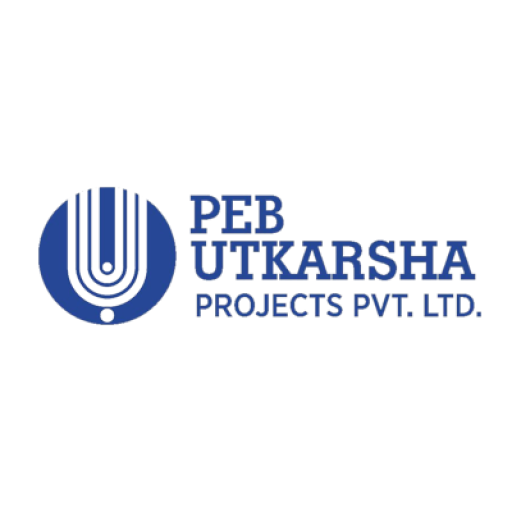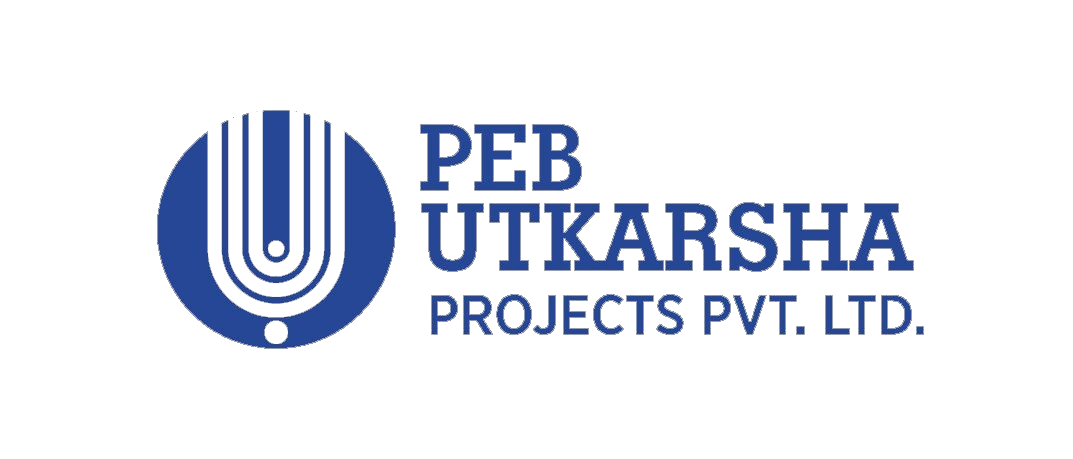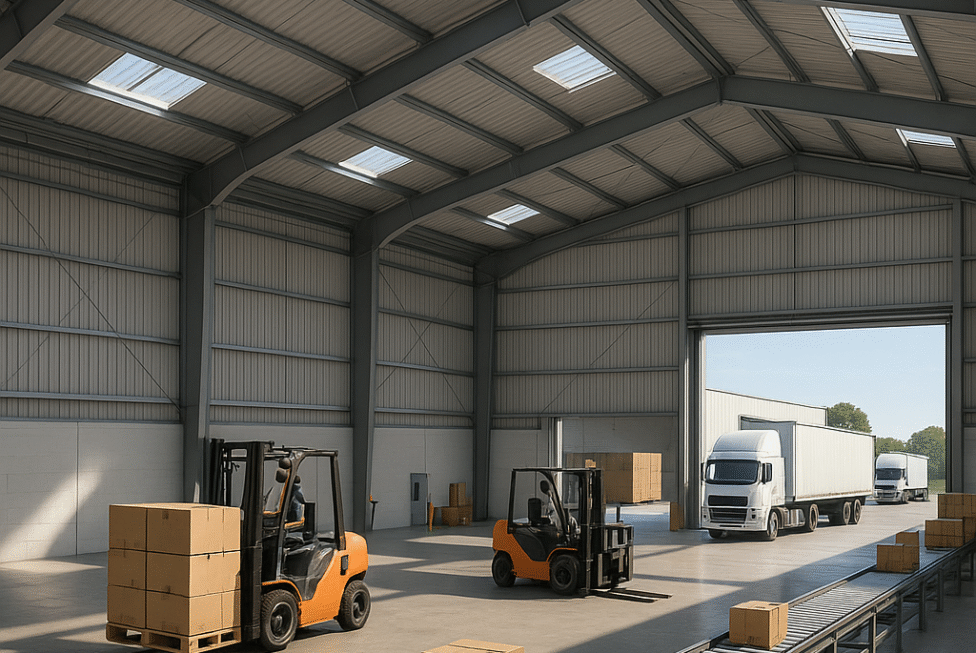PEB engineering—short for Pre-Engineered Building engineering—is the discipline of designing, detailing, fabricating, and erecting steel structures using a highly optimized, modular system. It enables rapid, cost-efficient delivery of warehouses, factories, logistics hubs, and cold storage facilities without compromising strength, safety, or future scalability.
What Is PEB Engineering?
PEB engineering uses standardized primary frames (rigid portals), secondary members (purlins, girts), and high-performance cladding systems that are pre-designed and factory-fabricated. Components arrive on site ready to bolt, minimizing wet works and shortening erection time. The result: predictable timelines, tighter quality control, and clean integration with MEP, racking, automation, and building services.
Core Principles of PEB Engineering
Optimization: Weight-efficient steel frames through iterative analysis and tapered sections where loads demand it.
Modularity: Repeatable bays, standardized connections, and panel systems that speed detailing and erection.
Constructability: Bolt-together assemblies, minimal site welding, and clear erection sequences.
Performance: Engineered to meet wind, seismic, live, collateral, and serviceability limits with documented calculations.
Lifecycle Value: Durable coatings, replaceable envelope components, and layouts that adapt as operations evolve.
Anatomy of a PEB
Primary Frames: Tapered built-up columns and rafters forming the portal frames.
Secondary Steel: Z/C purlins, eave struts, and girts tying the system together and supporting the envelope.
Bracing System: Rods or angles for longitudinal stability and drift control.
Roof & Wall Envelope: Insulated metal panels or sheeting, skylights, ventilators, louvers, and daylighting elements.
Ancillary Items: Canopies, mezzanines, crane beams, walkways, and integrated dock equipment.
The PEB Engineering Workflow
Requirement Capture: Clear spans, eave height, bay spacing, crane loads, mezzanines, fire and thermal performance, dock layout.
Structural Modeling: Load cases, combinations, and frame analysis; deflection and drift checks; connection design.
Envelope Engineering: U-values, condensation control, acoustic needs, skylight ratios, and wind-driven rain performance.
Detailing & BOM: GA drawings, shop details, cutting lists, and fastener schedules aligned to fabrication capabilities.
Fabrication & QA: Automated cutting, welding, blasting, and coating with documented inspections.
Logistics & Erection: Sequenced deliveries, mark numbers, and crane/crew planning to compress time on site.
Commissioning: Fastener torque checks, leak tests, alignment verification, handover documentation.
Why PEB Engineering Outperforms Conventional RCC
Speed to Operation: Factory fabrication and dry erection shrink schedules dramatically.
Cost Discipline: Material optimization and predictable site durations reduce variance.
Clear-Span Flexibility: Column-free floors improve racking, MHE lanes, AS/RS, conveyors, and future re-layouts.
Lightweight Superstructure: Smaller foundations and lower seismic demand than heavier alternatives.
Sustainability: Recyclable steel, lower site waste, and easy integration of solar, daylighting, and natural ventilation.
Maintainability: Replace panels, upgrade insulation, or extend bays with minimal disruption.
Performance Engineering Considerations
Wind & Seismic: Frame spacing, bracing strategy, and connection ductility tuned to site conditions.
Deflection & Vibration: Serviceability limits protect cladding, skylights, and precision equipment.
Thermal Envelope: Insulation thickness, thermal breaks, and airtightness to curb energy loads.
Fire Strategy: Compartmentation, protected routes, fire-rated assemblies where required by occupancy.
Crane Integration: Lateral surge, vertical loads, runway beam deflection, and service clearances.
Roof Engineering: Live loads, ponding checks, snow/rain management, gutter sizing, and roof access safety.
PEB Engineering for Key Sectors
E-commerce & 3PL: High bay, wide-aisle layouts, dock optimization, mezzanines for sortation, AS/RS readiness.
Manufacturing: Heavy slab coordination, bridge cranes, process utilities, and flexible line reconfiguration.
Cold Chain: Thermally broken details, vapor control layers, and hygienic interior finishes.
Food & Pharma: Cleanable cladding, controlled penetrations, and compliant MEP integration.
Automotive & EV: Long clear spans for assembly, paint shops, charging infrastructure, and test bays.
Envelope & Energy Engineering
Insulated Panels: Target U-values aligned to climate and usage; fast, clean installation.
Daylighting: Skylights and clerestories balanced with glare and heat gain control.
Natural Ventilation: Ridge vents and louvers sized for temperature and pollutant control.
Rooftop Solar: PEB roofs engineered for PV loads, cable routing, and maintenance access.
Air-Tightness: Detailing at laps, joints, and penetrations to cut HVAC energy.
Digital & Offsite Advantages
BIM-Driven Coordination: Clash-free integration of structure, MEP, racking, cranes, and docks.
DFMA: Designs tailored to fabrication lines and erection gear to eliminate waste.
Traceable QA: Mill certificates, weld maps, coating DFT logs, and erection checklists.
Cost & Schedule Control
Early Cost Certainty: Parametric modeling yields accurate tonnage and fast quotations.
Lean Site Operations: Pre-sequenced deliveries, reduced trades, and shorter critical paths.
Scalable Phasing: Build core bays now; add future bays or mezzanines without shutting down operations.
Compliance & Documentation
Design Basis Report: Loads, codes, material grades, and acceptance criteria.
Calculations & Drawings: Signed structural calcs, GA set, connection details, and as-builts.
Handover Pack: O&M manuals, warranties, maintenance schedules, and inspection regimes.
Common Mistakes to Avoid
Under-specifying bracing and drift control for high-bay racking.
Ignoring vapor control in temperature-controlled zones.
Neglecting roof access, fall protection, and service walkways during design.
Late decisions on cranes or mezzanines forcing costly rework.
Poor gutter and downpipe design leading to overflow and leaks.
PEB Engineering Checklist
Clear-span requirement, eave height, and bay module defined.
Seismic and wind design parameters confirmed.
Envelope performance (U-value, acoustic, hygiene) documented.
Crane loads, mezzanine loads, and slab design coordinated.
Roof drainage, access, and safety provisions detailed.
Provision for PV, future bays, and door/dock expansion reserved.
FAQ
What makes PEB engineering different from general steel construction?
Systemized frames, standardized connections, and factory-led processes that compress time and improve cost predictability.
Can PEB handle heavy cranes and complex processes?
Yes, with proper runway beams, bracing, surge checks, and coordinated slab design.
How future-proof is a PEB?
Bays can be extended, panels swapped for higher-performance types, and mezzanines added with minimal disruption.
Is a PEB energy efficient?
With insulated envelopes, airtight detailing, daylighting, and PV-ready roofs, PEB Contractors can meet stringent energy targets.
What is the typical delivery timeline?
Design-to-handover is significantly shorter than conventional builds due to offsite fabrication and bolt-together erection.
Bottom Line
PEB engineering delivers speed, structural efficiency, and upgrade-ready flexibility. It reduces risk, accelerates commissioning, and aligns with modern sustainability and automation goals. For warehouses, factories, and logistics hubs, PEB engineering is the fastest path to a robust, scalable industrial asset.




